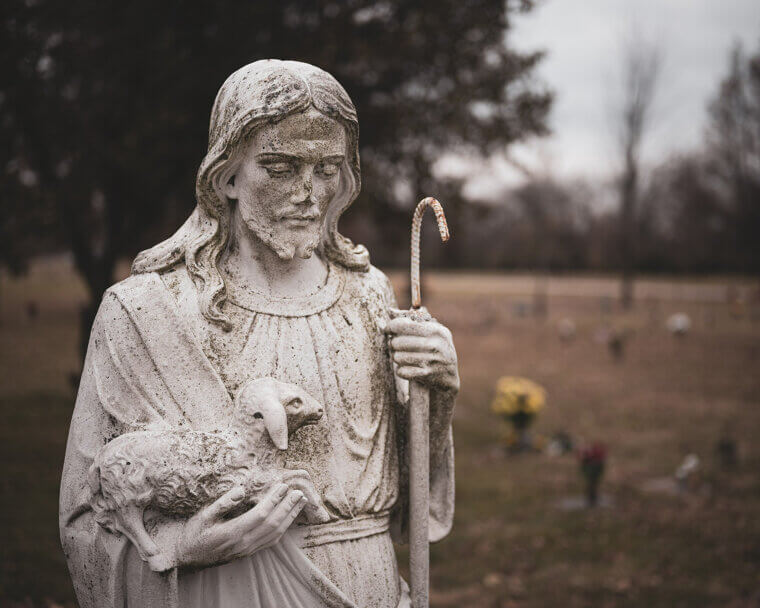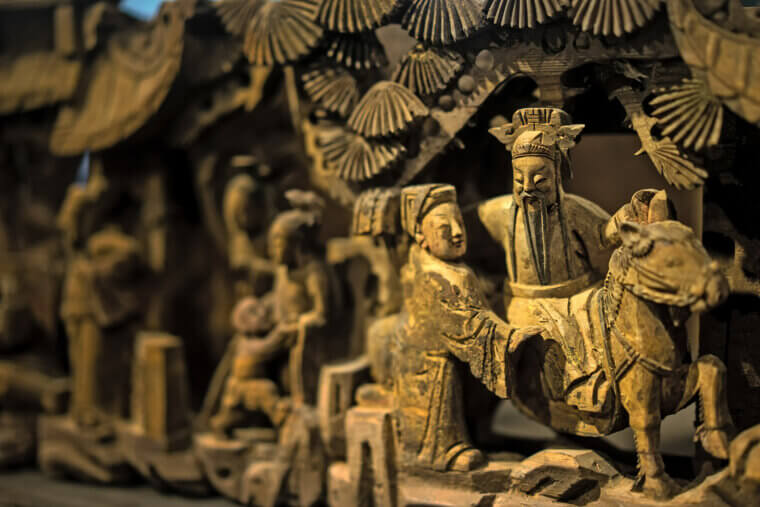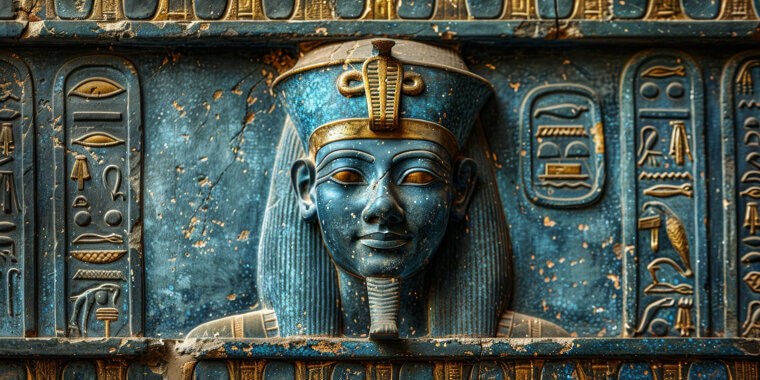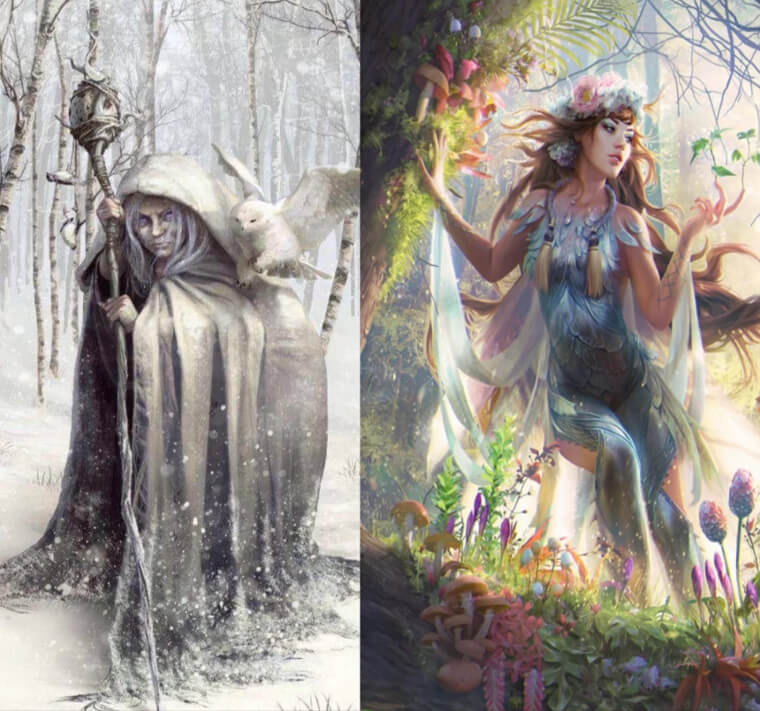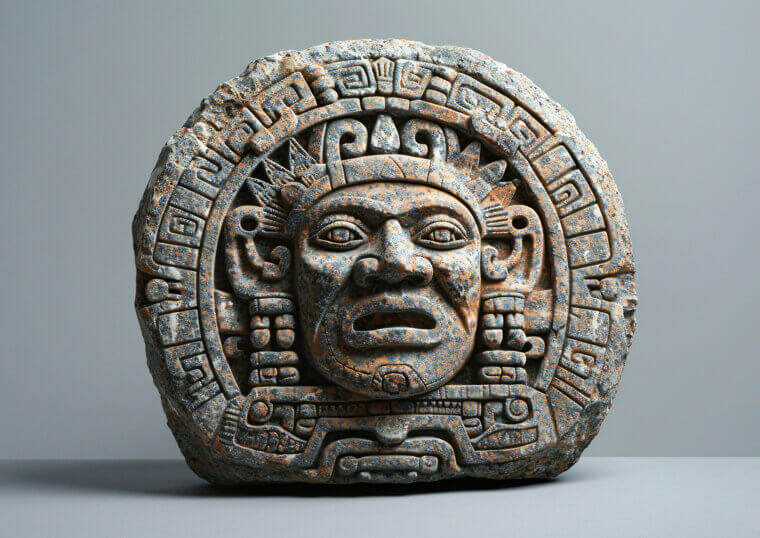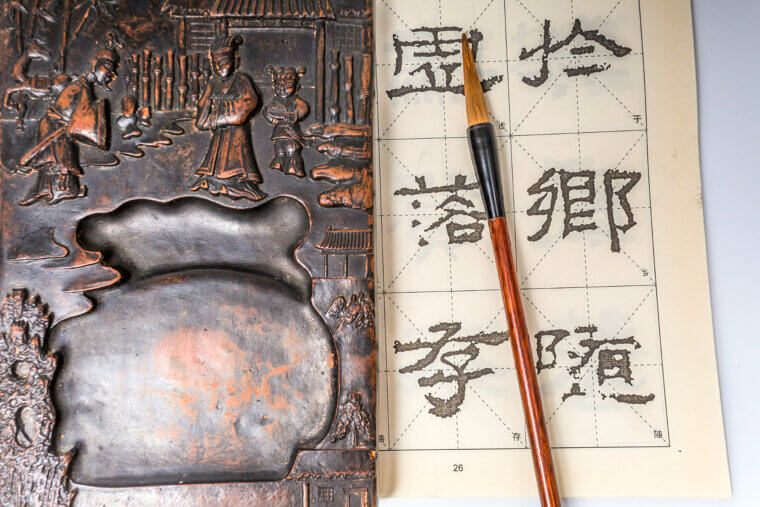Demeter & Persephone
Persephone’s abduction to the underworld freezes her mother Demeter’s heart, and the fields follow suit: seeds sleep, orchards sulk, and winter settles like a locked pantry. When Persephone returns, Demeter loosens her grip and grains leap skyward; her months below correspond to the season’s lull. Pomegranate seeds, sickles, and sheaves dot the iconography, mirroring autumn’s sowing and spring’s sprout. The Eleusinian Mysteries dramatized this cycle of loss and renewal. Science adds context: Earth’s axial tilt shortens days and cools air. Harvest festivals still reenact the reunion; tables crowded, candles relit joyfully.
Inanna/Ishtar & Dumuzi (Tammuz)
In the Mesopotamian telling, Inanna descends to the underworld, and balance collapses; her consort Dumuzi takes her place part‑year, and the fields mourn. When Dumuzi returns, lambs arrive, date palms flourish, and irrigation channels hum again; his absence maps to the scorching dry season. Shepherd’s staffs, palm fronds, and river hymns carry the visuals. Science translates the parable: flood pulses and drought alternate on the Tigris–Euphrates. Seasonal fasts and feasts still echo lean times versus fat months each year.
Isis & Osiris
In Egypt’s river story, Osiris is slain and scattered, and Isis patiently gathers his parts, reassembling life and the floodplain. His rebirth mirrors the Nile’s rhythm: inundation, sowing, harvest. Sirius, the rising Sopdet, announced the waters’ return like a stellar bell. Wepet‑Renpet, the “opening of the year,” launched boat processions and fieldwork. Science explains the clockwork: monsoon rains in distant highlands swell the Nile on schedule. Even today, river new‑year observances and agricultural calendars hold to the seasonal script, timing seed, silt, and celebration by water’s heartbeat. Farmers read stars faithfully.
Cailleach & Brigid
In Gaelic lore, winter’s Cailleach and spring’s Brigid share the year like roommates swapping keys. When Brigid returns at Imbolc, lambing starts, wells are blessed, and the Cailleach’s grip loosens as snowmelt threads valleys. Hearth fires, first milk, and early shoots star in the imagery. Weather‑lore jokes that the hag gathers firewood on bright days to prolong winter. Science plays along: lengthening daylight and higher sun angle thaw soils and wake sap. Candlemas customs and crafts, Brigid’s crosses, soft flames, mark the psychological turn toward warmth and work for households and herds.
The Maize God
In Maya art, the Maize God bows into the earth, dies in the furrow, and rises renewed when rains return, often aided by the clever Hero Twins. Dry‑season stalks crackle; rainy‑season sprouts crown with tassels like headdresses. Corn, jade, and Venus cycles guide ritual timing and royal theater. Planting and dedication rites mirrored descent and return, echoed in the ballgame’s underworld drama. Science decodes the rhythm: monsoon onset governs sowing, while solar zenith passages cue fieldwork. Milpa rotations and rain ceremonies still carry the seasonal script into kitchens and markets.
Four Symbols & the 24 Solar Terms
China maps the year with creatures and precise milestones: the Azure Dragon greets spring, the Vermilion Bird guards summer, the White Tiger trims autumn, and the Black Tortoise steadies winter. The twenty‑four Jieqi, from the Start of Spring to the Great Cold, parcel subtle shifts farmers feel underfoot. A lunar-solar calendar synchronized with the plowing, transplanting, and harvesting of crops is based on asterisms along the ecliptic. Festivals like Qingming, Mangzhong, and Mid‑Autumn translate sky marks into meals and memory. Science underlies the poetry: the Sun’s apparent motion alters day length and heat budgets. Cuisine and advisories continue to evolve across different regions and generations.
Matariki (Māori)
In Aotearoa, the first pre‑dawn rising of Matariki, the Pleiades, announces a new year in mid‑winter, turning thoughts toward planting, repair, and remembrance. Each whetū carries a domain: winds, waters, crops, and those we honor. Communities feast, tell stories, and read the cluster’s brightness to judge the season ahead. Science nods: heliacal risings chart Earth’s orbit and changing light. A modern holiday now restores star-guided seasonkeeping to public life. On clear mornings, look east for a small glittering spray and a calendar written quietly in starlight, before dawn, above the winter horizon.

